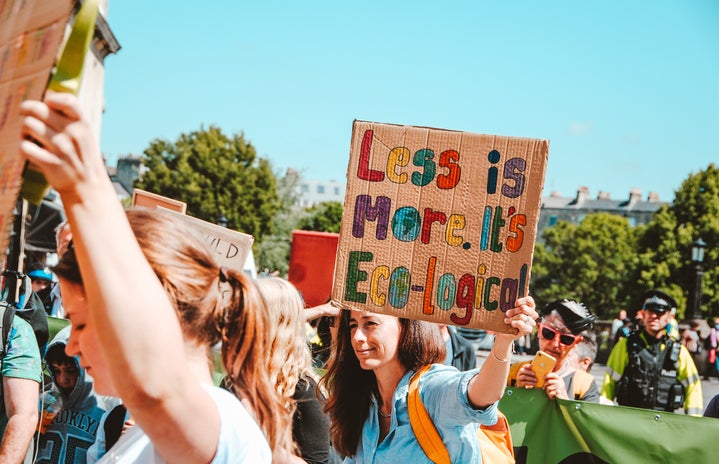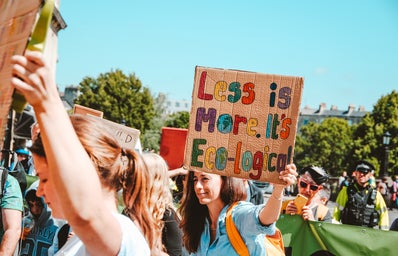The current state of the fashion industry can easily be defined as “fast.” Not only in terms of mass production of low-quality clothing and an increasing number of releases in a year, but the “fast” in fast fashion also defines the overconsumption of clothing by us consumers who are drawn into the endless sales and reduced pricing of clothes. Perhaps you have experienced this: online shopping and buying clothes in huge quantities because the prices are simply so low, only to be disappointed by the poor quality of the material once it finally arrives at your doorstep. Deciding not to “waste” it, you’ll wear it a few times, before deciding to donate it, that is, if it is still in good condition after throwing it in the wash.
This routine of buying our clothes in bulk and wearing them a couple of times before throwing it away or donating them only to add more pieces to our wardrobe shortly after has created a habit of overindulgence today and accelerated the fast fashion industry’s harmful effects on the environment. As of 2019, the fashion industry was responsible for 10% of the total carbon emissions globally. Since then, the industry has only been growing.

Thus came the birth of green consumerism, which is characterized by brands releasing clothing lines focused on sustainability, utilizing production practices that result in less waste, and consumers choosing these sustainably sourced items over their normal purchases. But is green consumerism the right way to go? Researchers believe that green consumerism can help slow the fashion industry’s impact on the environment in theory. But in reality, it’s far more complicated than it seems. Overconsumption is one of the root issues of fast fashion, and with brands simply providing sustainable options, this issue is not addressed. Green consumerism also heavily relies on the consumer to make the conscious choice to pick the “greener” product, but restricting factors like price and personal taste can deter consumers from shopping in sustainable fashion aisles.
So, what else can we do to help slow the fashion industry down? Slow fashion may be the answer. Slow fashion focuses on quality over quantity, and rather than focusing on a global scale of clothing production, slow fashion favors local designers and transparent modes of production. It is an approach to fashion that not only aims to produce clothes consumers will enjoy, but also commits to long-term sustainability. By focusing on quality and building trust between designers and consumers, clothes are made to be valuable to the customer and viewed as an art piece rather than just another shirt or dress.




